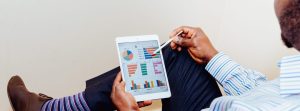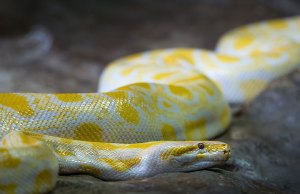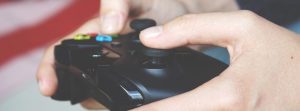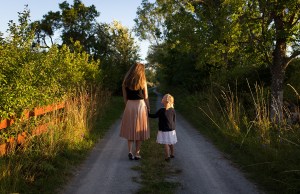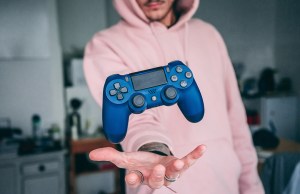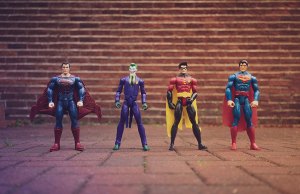- In an effort to demonstrate the effects of discrimination, third-grade teacher Jane Elliott separated her students into two groups: blue eyes and brown eyes.
- First, the students with brown eyes were told that they were superior and given privileges like extra time at recess and seconds at lunch.
- Elliott observed that the brown-eyed group started to boss the blue-eyed group around and also showed an improvement in academic performance.
- Then, the students with blue eyes were declared superior; while the effects were less intense, the blue-eyed group followed suit and also bullied their “inferior” classmates.
- When the experiment was over, Elliott’s students were relieved and ultimately concluded that nobody should be discriminated against based on their appearance.
- Elliott went on to replicate this exercise with future classes as well as other groups outside of the classroom.
Jane Elliott, a former third-grade schoolteacher, was inspired to conduct her “blue eyes/brown eyes” exercise when one of her students asked why Martin Luther King, Jr. was shot. In an effort to explain discrimination to her class, Elliott divided the kids into two exclusive groups: blue eyes and brown eyes. From there, she successfully showed her students what it felt like to be discriminated against and made history in the process.
The Blue-Eyed/Brown-Eyed Experiment: Investigation
On the first day of the experiment, she declared the brown-eyed group superior and gave them extra privileges like seconds at lunch, extra recess time, and access to the new school playground. Additionally, the brown-eyed students got to sit in the front of the class, while the blue-eyed kids were forced to sit in the back. Finally, the brown-eyed children were also encouraged to play only with their fellow brown-eyed classmates, and the two groups drank from different water fountains.
Initially, the brown-eyed group resisted the idea that they were better than the blue-eyed group. However, after Elliott told the children that their melanin levels made them smarter, the kids accepted this information and became arrogant—they were no longer friendly to their blue-eyed classmates. And, interestingly enough, their grades improved and they excelled in the classroom. The blue-eyed kids, on the other hand, performed more poorly on their tests and isolated themselves at recess. In sum, the brown-eyed kids’ academic performance soared while the blue-eyed kids sank. The next day, Elliott reversed the roles. And while the blue-eyed children also taunted their “inferior” classmates, their actions were less intense. Finally, the experiment concluded, much to the relief of Elliott’s students, blue-eyed and brown-eyed alike.
What Were the Implications of This Exercise?
The children were so relieved when the experiment ended that some embraced one another and others cried. They ultimately agreed that people should not be judged based on appearances. However, this doesn’t mean the power didn’t get to their heads in the moment.
When the experiment was over, Elliott asked the students to write down what they had learned. One student revealed: “The people in Mrs. Elliott’s room who had brown eyes got to discriminate against the people who had blue eyes. I have brown eyes. I felt like hitting them if I wanted to. I got to have five minutes extra of recess.” When she wasn’t part of the “superior” group, however, she said that she felt angry and wanted to quit school. “That’s what it feels like when you’re discriminated against,” she concluded.
Why Is This Experiment Important?
It’s difficult to understand what it’s like to walk in somebody else’s shoes until you actually put those shoes on your own two feet. Elliott’s exercise did exactly that. Knowing she couldn’t accurately depict what it was like to be discriminated against through your normal lesson plan or discussion, she led the blue-eyed/brown-eyed exercise. She went on to replicate this exercise in future classes as well as outside of the classroom after she retired from teaching in 1985, helping countless individuals better understand the serious effects of discrimination.
